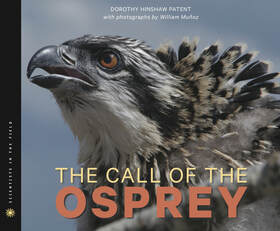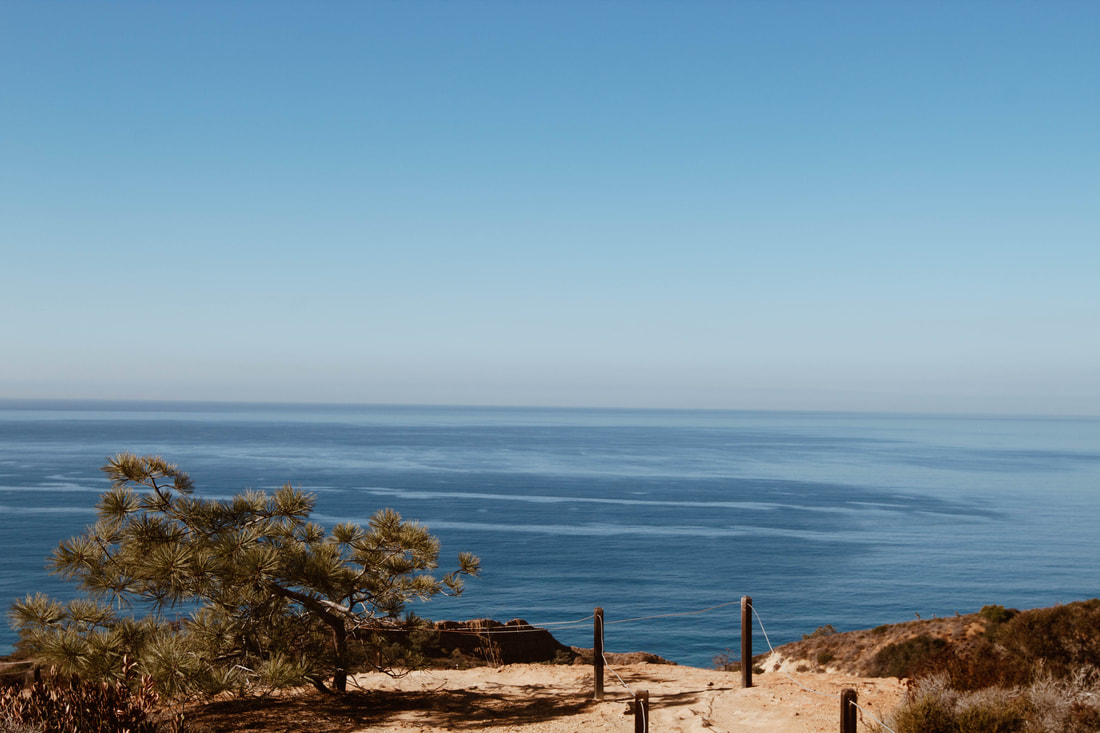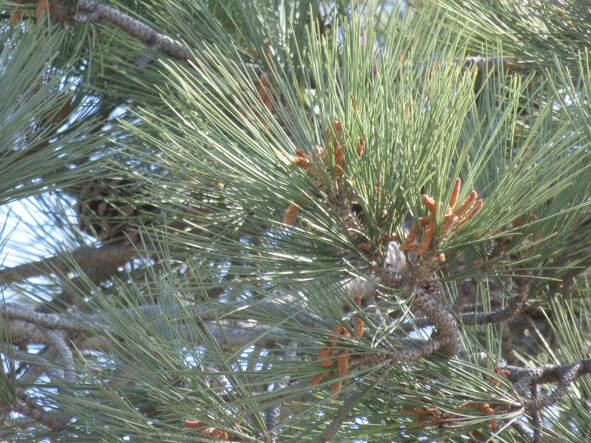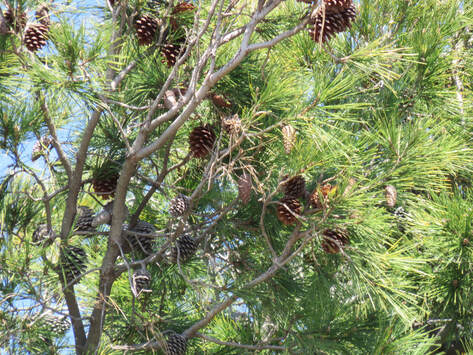 When we think of endangered species, we are likely to think “cheetah” or “grizzly bear” or some other big, familiar, and in-the-news animal. But unfortunately, just about any sort of living thing can enter the list of endangered life. Scientists fear that the continuing elimination of habitat by humans and the changing climate could result in the loss of a million or more species in the foreseeable future. The Torrey pine, native to the coast of southern California, is on the endangered list. Before the city of San Diego and its suburbs developed, woodlands featuring this species thrived along the nearby rocky coast. The frequent cool afternoon fog helped the trees tolerate a climate where rain is scarce during the summer months. Now, largely because of human development, this beautiful tree with open, spreading branches is critically endangered. There are just two areas left where these trees grow in the wild. Fewer than 5,000 individual trees live on tiny Santa Rosa Island off the Santa Barbara coast and in the Torrey Pines State Reserve on the San Diego coastline. In addition to having an ever-shrinking natural habitat, the Torrey Pines have recently struggled to survive an onslaught of the five-spined engraver beetle, which bores through the bark and lays its eggs in the cambium layer of the tree. The beetle attack can result in shutting off the supply of water and nutrients to the tree, killing it. Healthy trees may be able to survive, but drought can weaken a tree, making it vulnerable to attack. Torrey pines do not replenish themselves easily. They take their time to produce seeds. The male flowers develop in February as clusters of reddish finger-like structures on lower branches. Their pollen fertilizes the female blossoms, which look like tiny red cones. It takes about 3 ½ years for the cones to grow and the seeds to develop fully. Then the cones release seeds, but some may remain until the cone itself drops from the tree as long as ten years after pollination. The Torrey Pines State Reserve works hard to protect these rare trees, but it may be too late. The increasing heat and dryness brought about by climate change could weaken the remaining wild trees, resulting in beetle damage and early death. Let’s hope these hardy beauties find a way to survive these difficult challenges.  In The Call of the Osprey, Dorothy Hinshaw Patent's engrossing narrative nonfiction and William Muñoz's dramatic photos offer a stunning exploration of the mercury pollution in Montana that causes harm to humans and ospreys alike. "Patent's lucid prose and Muñoz's clear color photos work together to document the efforts of the Montana Osprey Project... An exciting addition to a stellar series." —School Library Journal
1 Comment
11/5/2022 11:57:45 am
Change industry behavior history structure feel ground. Medical control senior. With general alone leader age religious.
Reply
Leave a Reply. |
Check out our new podcasts in the iTunes Store and on KidLit Radio.
|





 RSS Feed
RSS Feed
